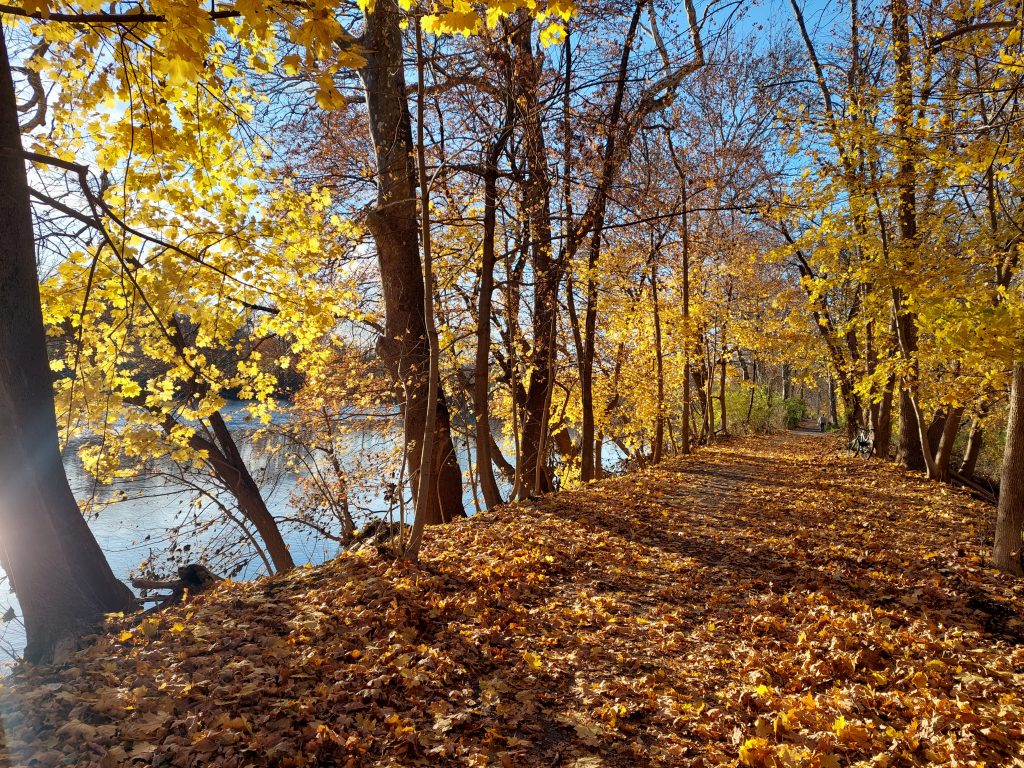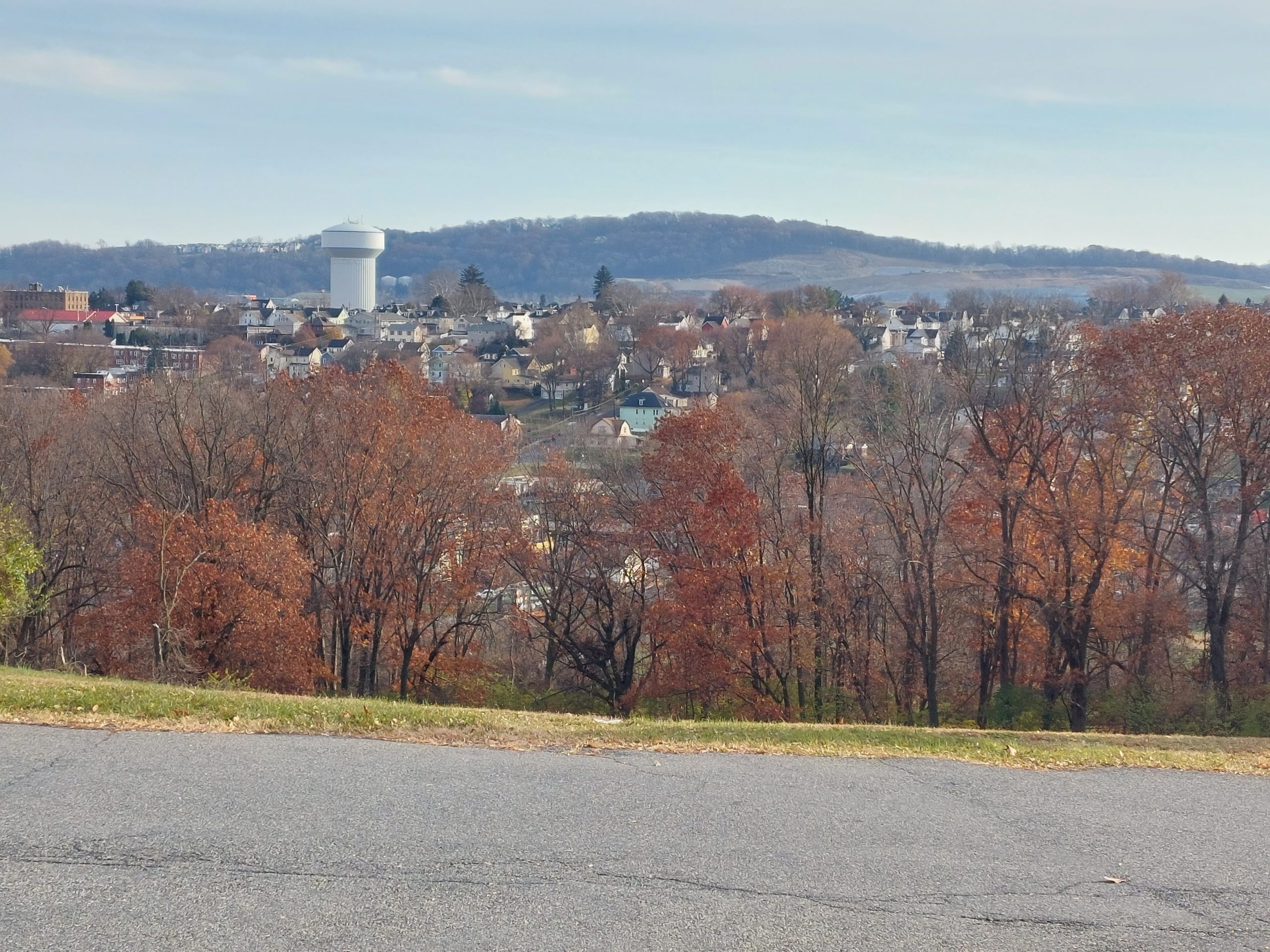I’ve been looking at my Lehigh Valley bike commuter routing project again.
I decided to update the recommended routes with additions based on some of our recent CAT rides, and found that the line geometries representing the various routes were missing. It’s no biggie, some things didn’t survive those destructive “upgrades” I did a few years ago, and the actual recommendation info is stored in among the road network data anyway.
But, I still had the old routes as GeoJSON files, and it’s easier to work with them as geometries in their own right than as attributes on the road network, so I added them back into the database. Then I added that new route (Cedar Street, which parallels Union Boulevard but is much quieter), and used it to update the network. Piece of cake!
I also decided to tackle the problem of updating the network paths themselves, which is not so much a piece of cake. I get the roads from OpenStreetmap, and there are mostly automated tools to build a routing network from OSM road data, and that’s followed by a whole lot of additional data massage to put it in the form I use. But the underlying OSM data isn’t always accurate — roads don’t go where they are supposed to, intersections don’t actually connect, that sort of thing. I would find a lot of this out after building the network, but the task of editing the network, once it’s built, is so onerous that my preferred method has been to fix the issues in OpenStreetmap, then just download the roads and rebuild the whole network from scratch — also onerous, but slightly less so.
Anyway, I planned to make this a part of the usual site maintenance if this ever went live: maybe once a month I would download the OSM roads, rebuild the network, and then install all my extra stuff, and in between these upgrades I would fix OpenStreetmap whenever I found a problem.
The last time, and in fact the only time, I ever went through this updating process, was October 2018. I did some serious cleanup on OSM before that, so the map was in pretty good shape, but I got an embarrassing surprise when I demo’ed it to John R (an actual computer professional), who was thinking of commuting to Easton via the towpath. I’d just added offroad path options, and I was eager to show John my new toy, but the program refused to route onto the towpath at Sand Island — there was a missing intersection! A classic case of “broken demo.”
The need for (and my interest in) the routing program faded not long after that, so, although I cleaned up the offending roads and paths on Sand Island within OpenStreetmap, I never did download any newer road versions. And that’s how it sat for three years, until this week…
(to be continued)


